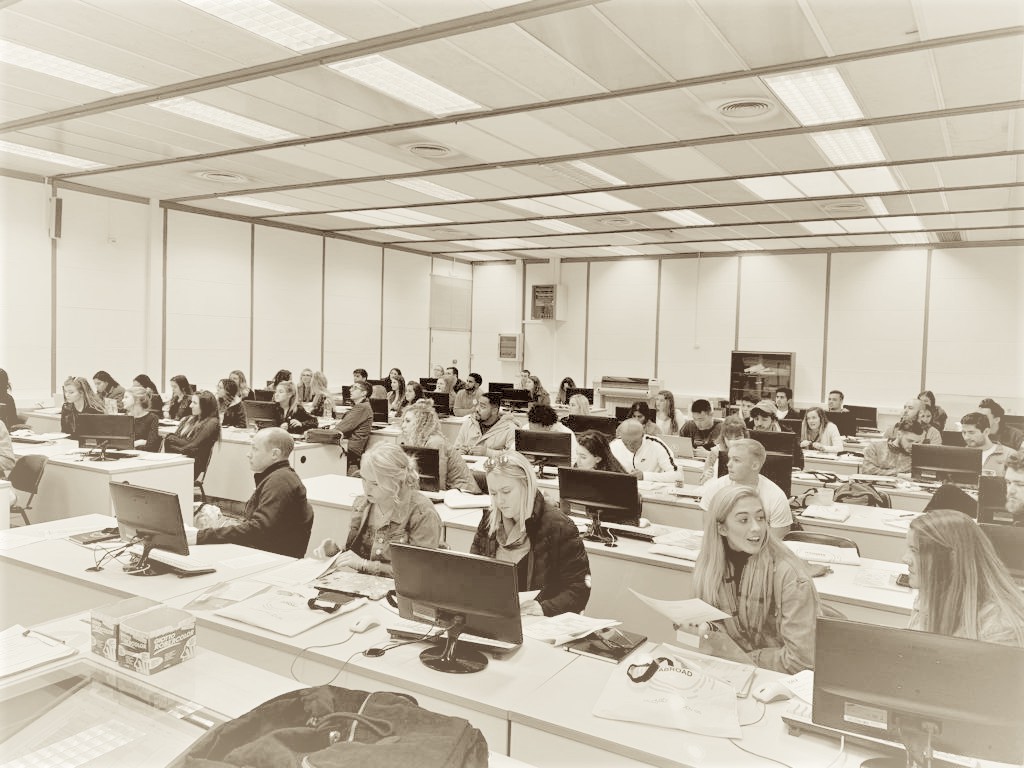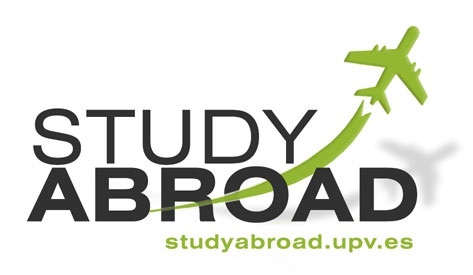
|
|

• Attendance
• Assessments
• Sexual Harassment Policy
• Students With Disabilities
• Academic Honesty Policy
• University Ombudsman
• Statement On Audio And Video Recording
• Syllabus Change Policy
(CHEM) General Chemistry I
3 Credits | 100 Level | 45 Contact hours
Textbook: (open access book: https://openstax.org/details/books/chemistry
This course is an introduction to the study of the structure and properties of chemical compounds. Topics will include measurement and dimensional analysis, classification of matter, composition and nomenclature of chemical compounds, quantitative analysis of chemical reactions, atomic structure, aqueous reactions, properties of gases, energy changes, redox reactions that take place in electrochemical cells, chemical bonding and molecular geometry.
This course explores basic theoretical and practical principles of chemistry with a practical approach, so the student may achieve the ability to solve the main types of problems that may be found during their careers. To this end, both theory and exercises will be combined in order to support the understanding of concepts. Thus, your ACTIVE PARTICIPATION is required.
• Chapter 1: Essential Ideas (including measurements and units)
• Chapter 2: Atoms, molecules and ions
• Chapter 3: Composition of Substances and Solutions
• Chapter 4: Stoichiometry of Chemical Reactions (Three Major Classes of Chemical Reactions)
• Chapter 5: Thermochemistry
• Chapter 6: Electronic Structure and Periodic Properties
• Chapter 7: Chemical Bonding and Molecular Geometry (The Shapes of Molecules)
• Chapter 8: Advanced Theories of Chemical Bonding
• Chapter 9: Gases
1. Appraise and assess how chemistry applies to everyday phenomena.
2. Identify salts, acids, and bases from their molecular formulas, and describe the relationship between the structure of a molecule and its chemical and physical properties.
3. Identify the subatomic particles of an atom, their charges and relatives masses.
4. Balance chemical equations and compute stoichiometric relationships including limiting reagents, molarity, titrations, dilutions and thermochemical equations.
5. Use the ideal gas law to calculate pressure, volume, and temperature relationships.
6. Identify the heat of a reaction in an open container as a change in enthalpy, which can be negative (exothermic reaction) or positive (endothermic reaction) and see how to obtain the change in enthalpy for any reaction.
7. Discuss some current and future energy sources and describe the critical relation between energy demand and climate change.
8. Describe a method for balancing redox reactions that take place in electrochemical cells.
9. Use half-cell voltages to write spontaneous redox equations.
10. Draw Lewis structures for simple molecules and their three-dimensional representation.
Homework and short in-class tests: (25%)
Class performance: (10%)
Presentation and speech: (10%)
Tests : (20%)
Final cumulative exam: (35%)
Attending class is MANDATORY in this course
|
